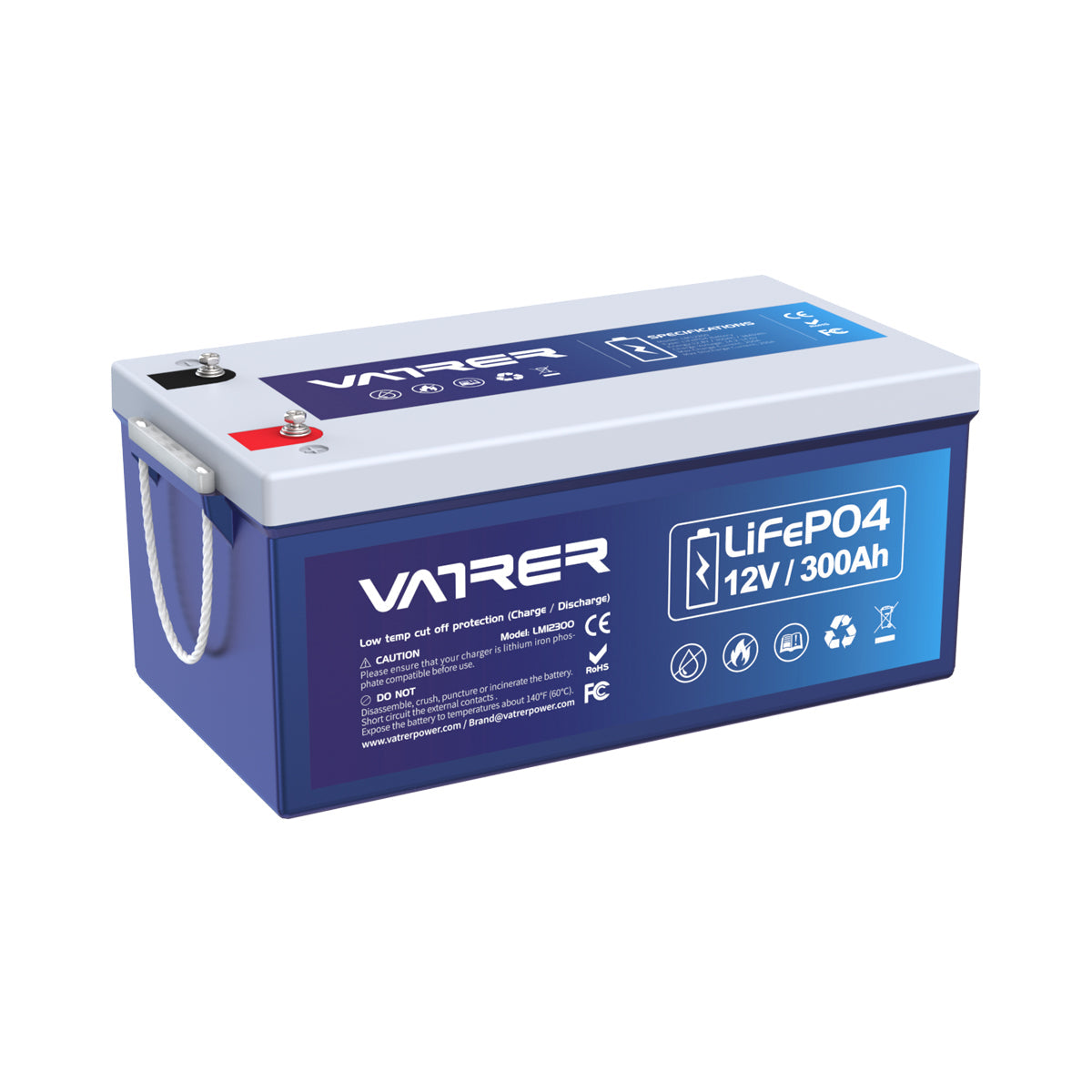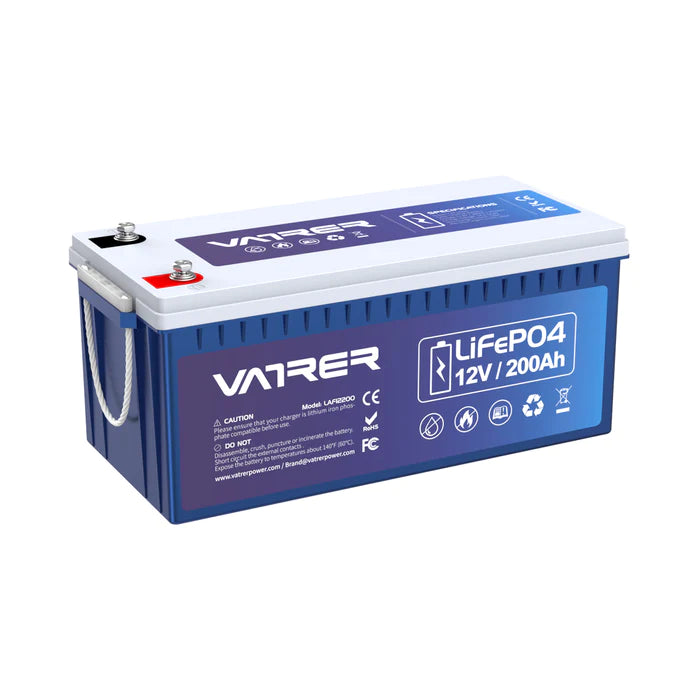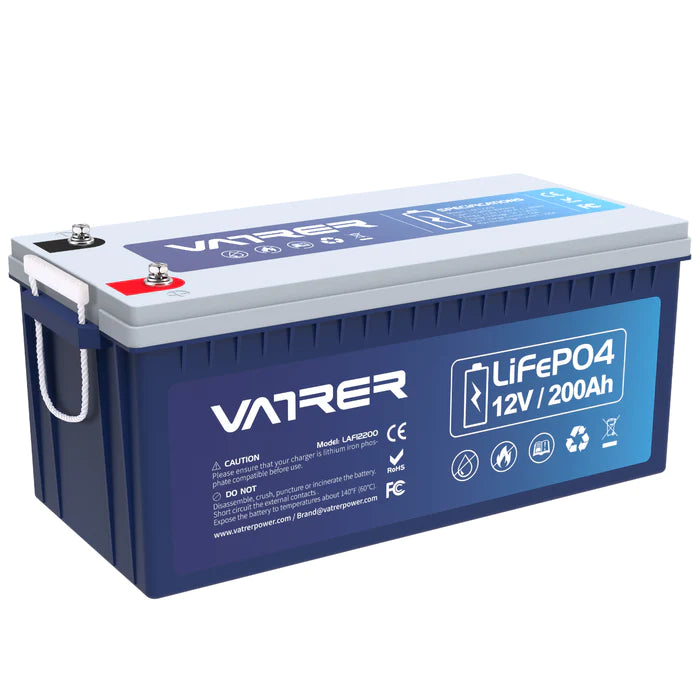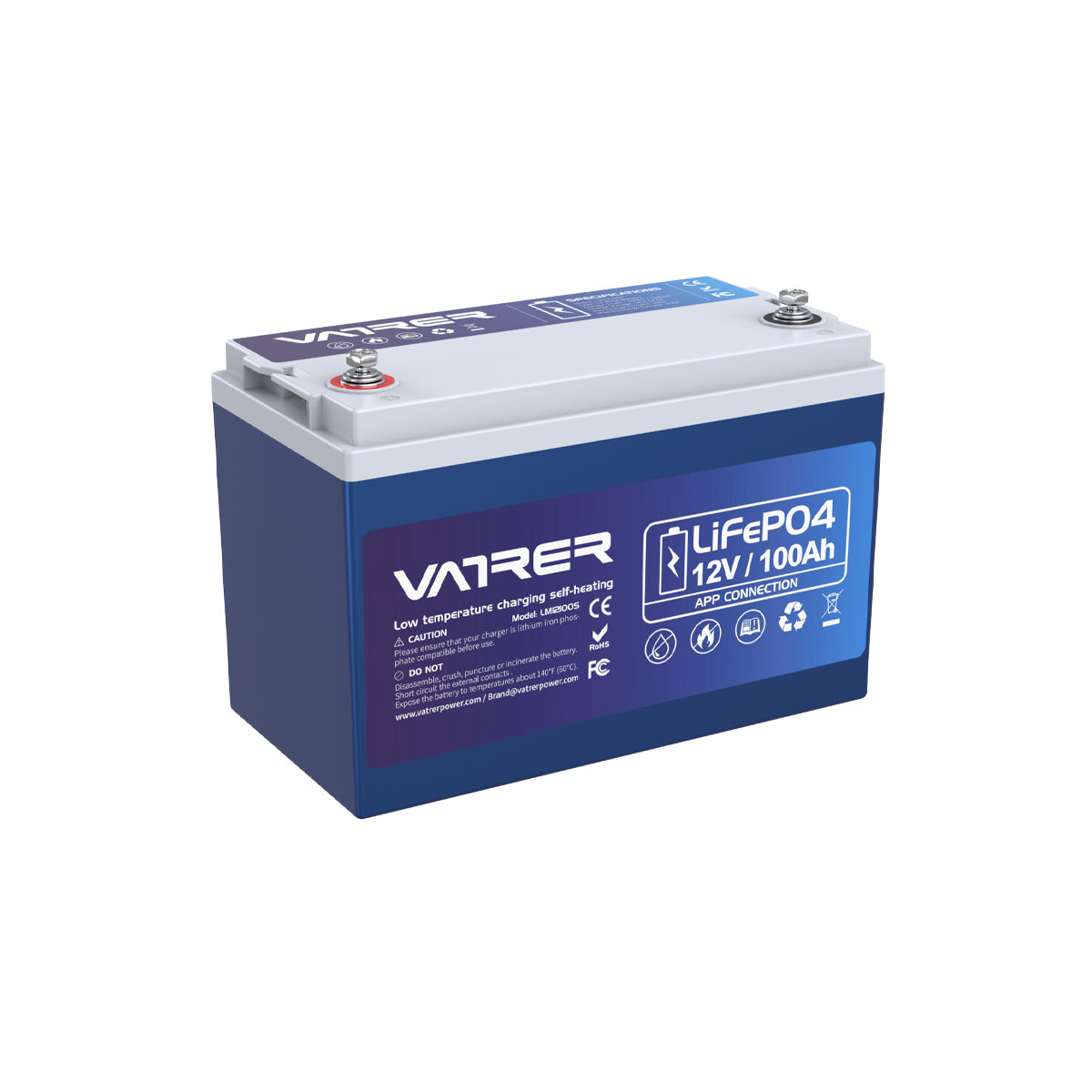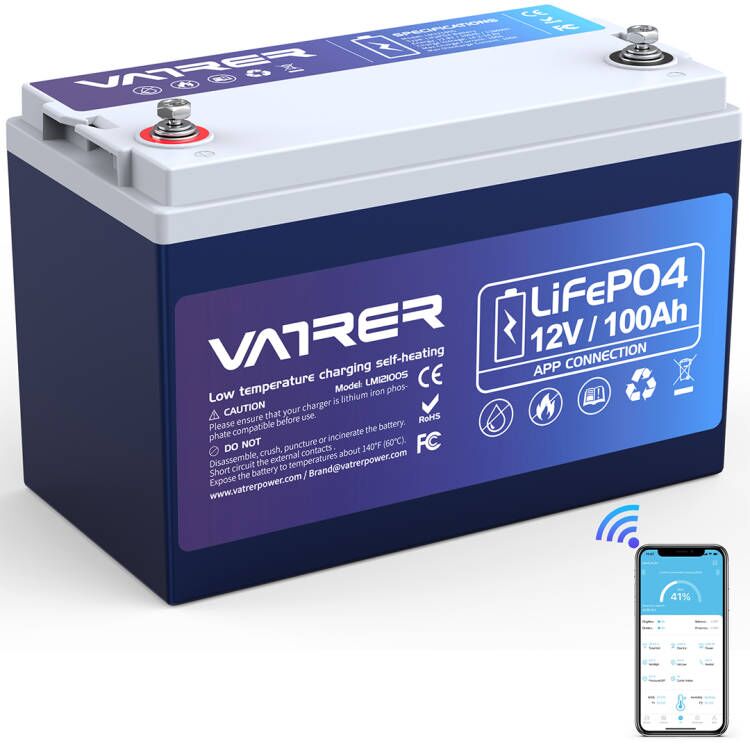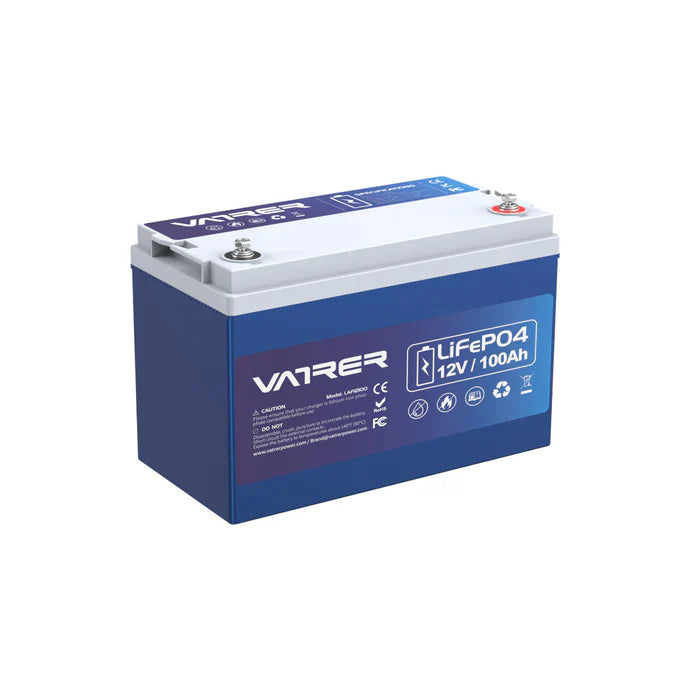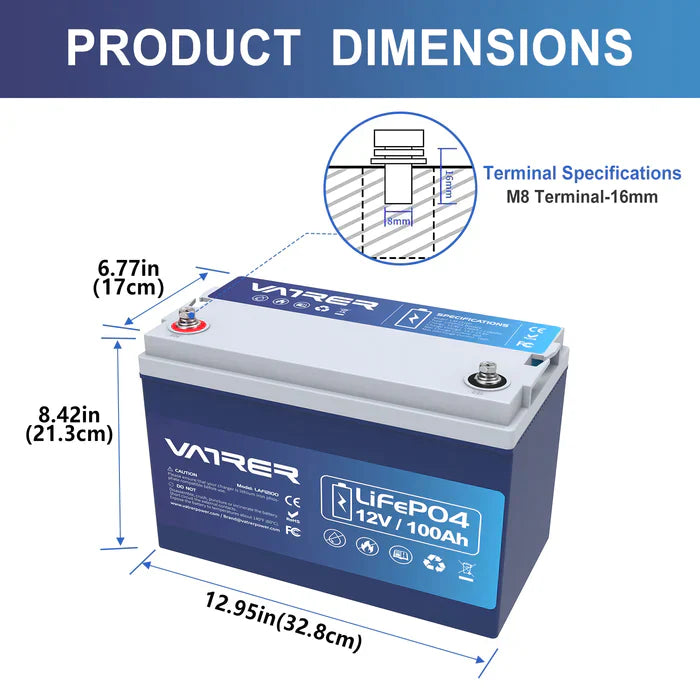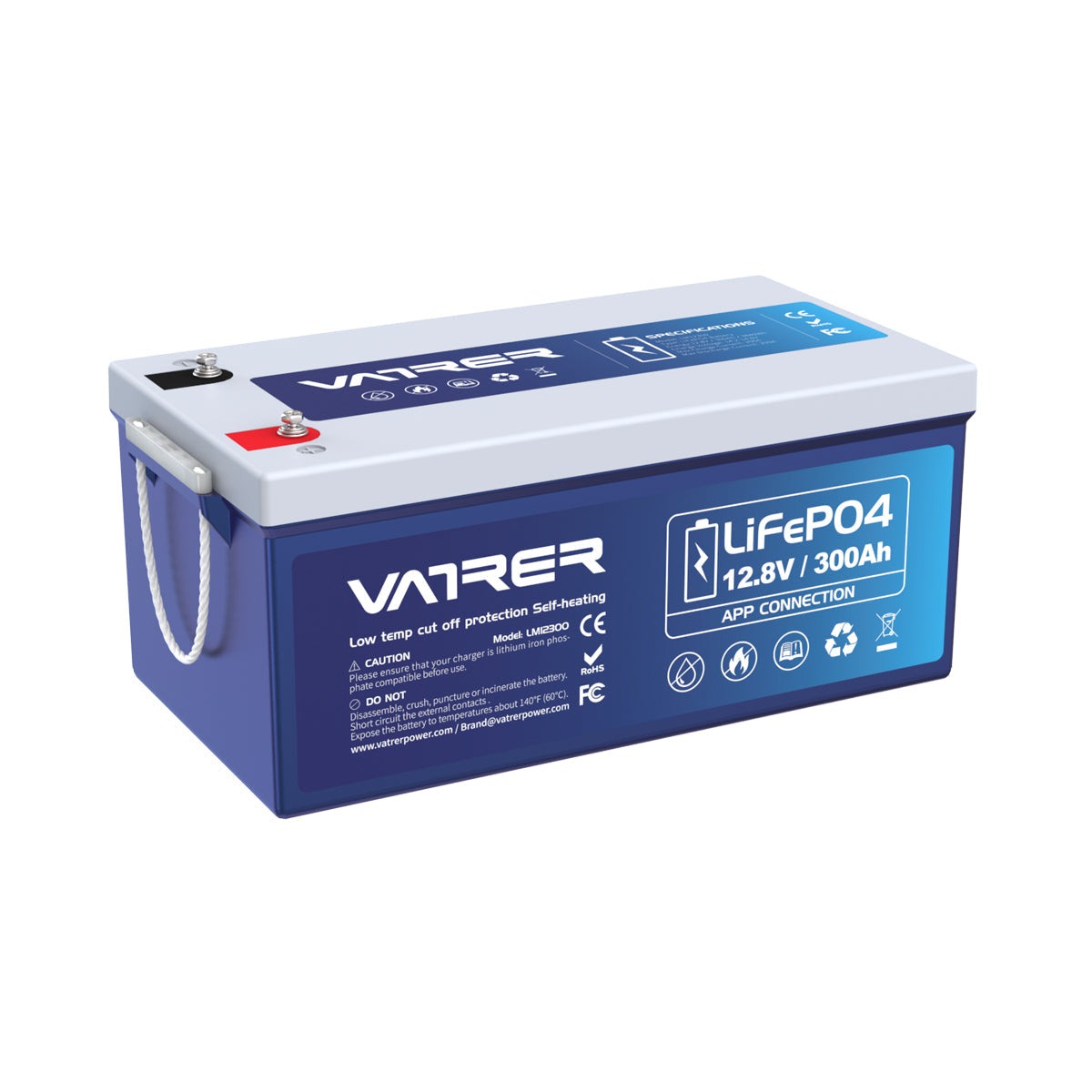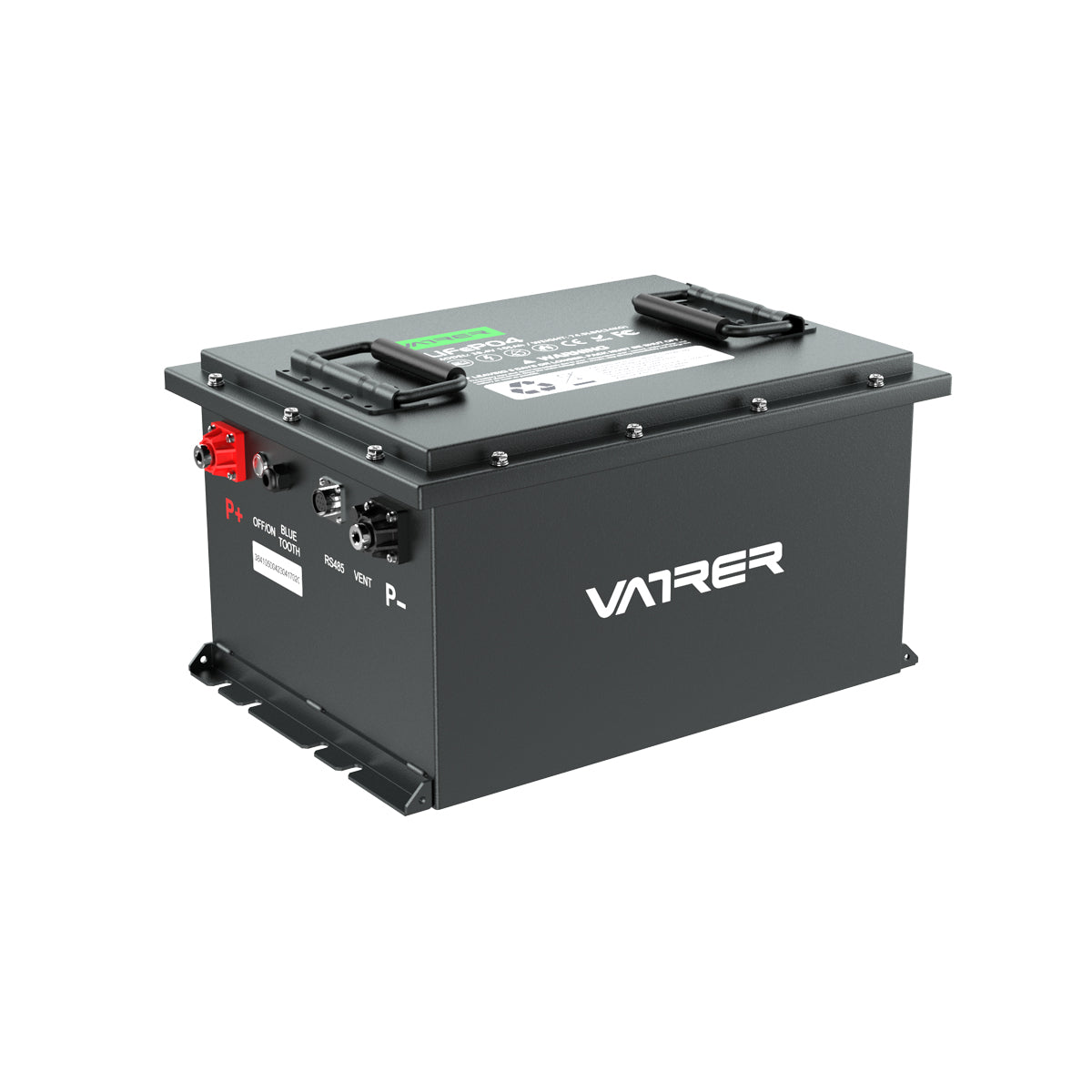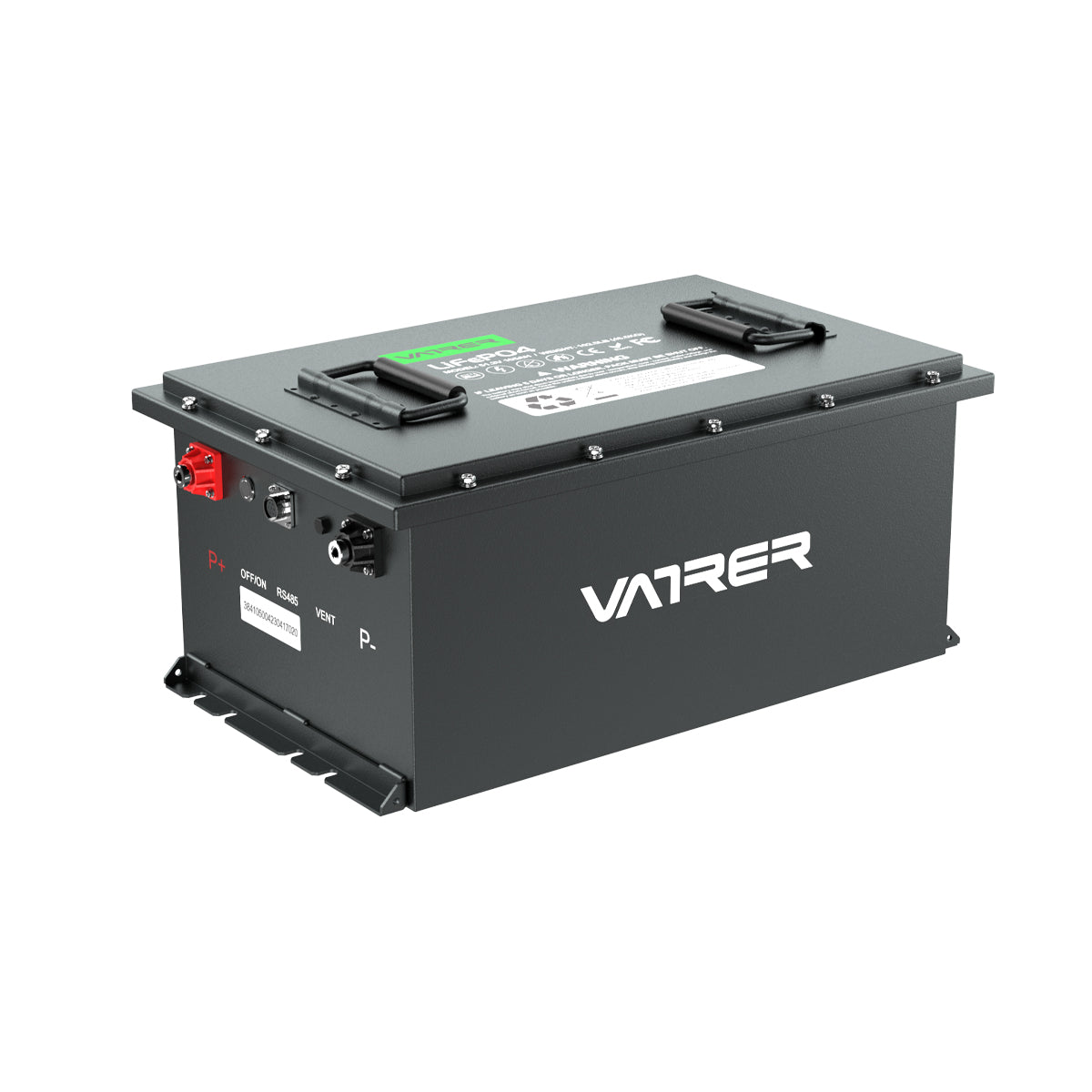Ah, the modern age dilemma: to swap or not to swap? That is the question when it comes to choosing between lithium-ion (Li-ion) and lithium iron phosphate (LiFePO4) batteries. If you’ve found yourself scratching your head, wondering if you can replace your trusty Li-ion battery with a robust LiFePO4, you’re in the right place! Let’s dive into this electrifying subject with some zest and maybe a little science.
The Chemistry Class You Wish You Had
First off, let’s break down what these batteries are. Li-ion batteries are like the popular kids in the battery world. They’re everywhere – from your smartphones to laptops and electric vehicles. LiFePO4 batteries, on the other hand, are the tough, reliable new kids on the block. They’re a type of lithium-ion technology but with a twist: their chemistry is based on lithium iron phosphate.
Why Consider the Switch?
1. Longevity Lover
LiFePO4 batteries might not win any drag races based on sheer power output alone, but when it comes to longevity, they’re your marathon runners. While typical Li-ion batteries last for about 500 to 1000 charge cycles, LiFePO4 batteries can go for 2000 to 5000 cycles! They’re the tortoises in the race, steady and durable.
2. Safety First
Ever heard those horror stories about batteries exploding? Li-ion batteries can be prone to such dramatic episodes if not managed properly, thanks to their cobalt chemistry. LiFePO4 batteries, however, use phosphate, which is significantly more stable and safer, reducing the risk of thermal runaway (that’s tech-speak for “Boom!”).
3. Eco-Warrior
If you’re someone who likes to keep it green, LiFePO4 batteries are more environmentally friendly. They do not contain cobalt, which is a toxic heavy metal and has serious ethical and environmental concerns regarding its mining.
4. Weight Watcher
Here’s where Li-ion might still hold the crown. If weight is a concern, Li-ion batteries are generally lighter than LiFePO4. This makes them ideal for applications where every ounce counts, like in drones or portable electronics.
But Wait, Can You Just Swap Them?
Here's the kicker: while you can replace a Li-ion battery with a LiFePO4, it’s not always a plug-and-play scenario. These batteries often have different voltage outputs and charging profiles. What does this mean for you? Well, you might need to tweak your device or charger to accommodate the new battery type. It’s like fitting a square peg in a round hole; sometimes, you need a bit of sanding!
The Final Verdict
In the grand scheme of things, whether you should switch depends on your priorities. Are you looking for safety and longevity, and are you willing to handle a bit of extra weight and possibly some technical adjustments? If so, LiFePO4 might be your new best friend. Or, if you prefer sticking with the lighter, high-energy-density option and are okay with the trade-offs, then Li-ion might still be your go-to.
Conclusion
Switching from Li-ion to LiFePO4 is like deciding between a sports car and an SUV. One is built for speed and agility; the other for safety and endurance. Whatever your choice, both will get you where you need to go, albeit in slightly different styles. So, buckle up and enjoy the ride in the battery lane!
Happy swapping, or not swapping, as the case may be!





![[Buying Guide] Should I Buy Lithium Batteries on Black Friday?](http://www.vatrerpower.com/cdn/shop/articles/Should-I-Buy-Lithium-Batteries-on-Black-Friday.webp?v=1731467571&width=500)














































